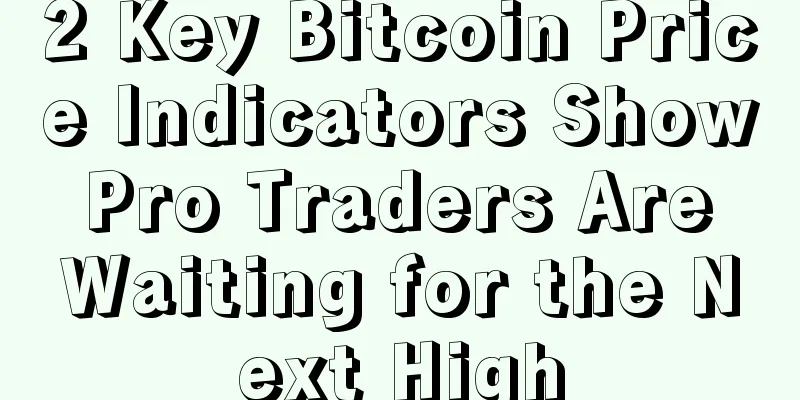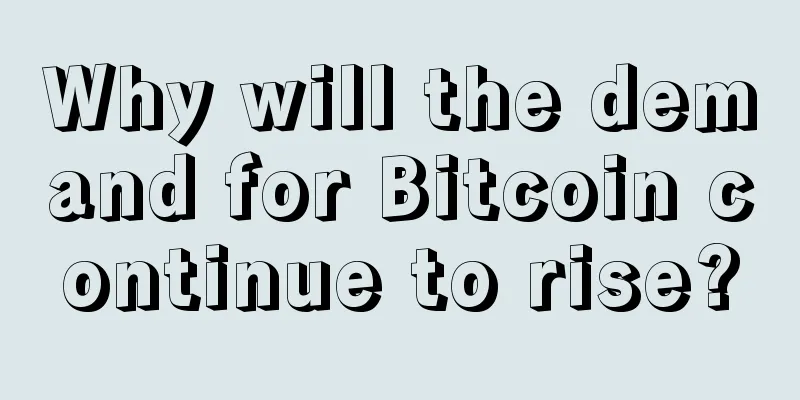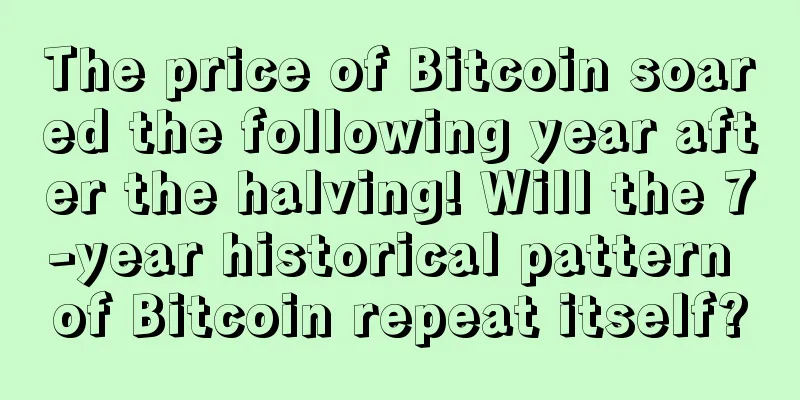2 Key Bitcoin Price Indicators Show Pro Traders Are Waiting for the Next High

|
Bitcoin price surges to $36,400 as key indicators show top traders are exercising caution. Bitcoin (BTC) recently rallied to $36,400, but top traders at Huobi, OKEx, and Binance are not buying Bitcoin. Unlike savvy institutional investors who may be eager to protect themselves from the devaluation of fiat currencies, more focused crypto investors appear to be waiting for Bitcoin to fall. Top traders BTC long/short ratio Source: Bybt.com
BTC perpetual futures funding rate Source: Digital Assets Data
|
<<: EIP-1559 Proposal in the Filecoin Network
>>: PayPal's daily Bitcoin transaction volume exceeds $100 million
Recommend
Mole analysis: Is it good to have a mole on the upper lip?
A person's character can be seen from her lip...
Bitcoin briefly hit $20,000 before falling back, and the strong dollar continues to "suppress" the crypto market
In the past 24 hours, the US dollar index took a ...
How to look at the eyebrows
In traditional Chinese physiognomy, the thickness...
Physiognomy analysis: which part is smaller means a noble person's fate
Physiognomy analysis: which part is smaller means...
The fate of a girl with a mole on her lower lip
In mole physiognomy, wherever a mole appears has ...
Talking about blockchain (22): In-depth understanding of soft and hard forks
The Bitcoin community is discussing the use of a ...
The bridge of your nose determines whether you will live longer
The bridge of your nose determines whether you wi...
What should we look for in the face of a wealthy and powerful woman?
As the saying goes, life and death are determined...
A woman with uneven eyebrows and different-sized eyes is a typical "good wife and good mother"
What does a woman’s uneven eyebrows and different...
These people are most likely to be deceived
As the saying goes, good people are often bullied...
Is it true that people with triangular eyes are romantic?
Are triangular eyes good? In physiognomy, eyes, a...
Is career luck good for people with upturned eyes?
People with upturned eyes look particularly smart...
The first offline salon of 1475 was a complete success. Everything you care about is here!
《Enter IPFS and meet 1475》 Organizer: 1475 On the...
The shape of eyebrows can tell a person's fate
How to tell a person's fate from his eyebrow ...
Is it good or bad for a woman to have a hanging nose? A detailed explanation of the hanging nose
In physiognomy, the shape of the facial features ...









